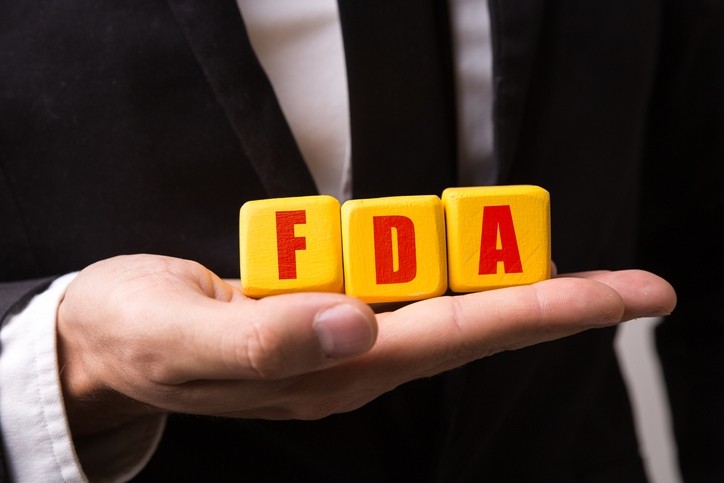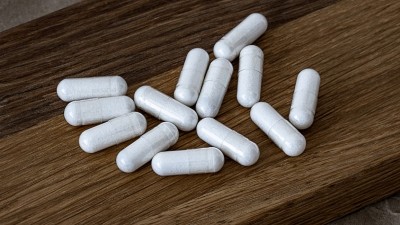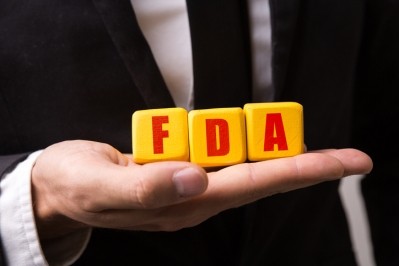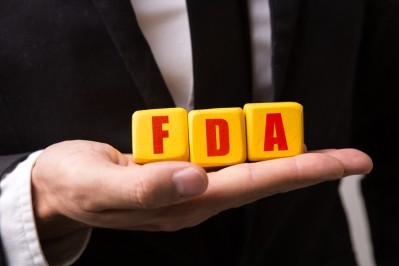Trade groups dial up pressure on FDA for resolution on NAC issue

The Council for Responsible Nutrition and the American Herbal Products Association both sent letters to FDA prior to a Jan. 25 deadline. That deadline for comment was generated in a response to industry on the subject that FDA filed in November of last year.
“CRN has contended for well over a year that FDA’s position on NAC is legally invalid. We don’t believe FDA has a well-reasoned explanation as to why they’ve made this policy change,” Megan Olsen, vice president and associate general counsel for CRN, told NutraIngredients-USA.
Hangover warning letters got NAC ball rolling
The back and forth between supplement industry stakeholders and the Agency began in mid 2020 when FDA ruled that NAC was not a legal dietary ingredient. That assertion was included as part of several warning letters sent to companies making hangover claims.
That determination hinged upon the idea that NAC fell under the so-called exclusionary clause in DSHEA that states an ingredient that has first been investigated as a drug cannot subsequently be marketed as a supplement. In the reverse case, pharmaceutical companies can choose to further develop supplement ingredients as drugs while those ingredients continue to be sold as supplements.
NAC, or N-acetyl-L-cysteine, is a derivative of the amino acid L-cysteine and is a precursor of the cellular antioxidant glutathione. The ingredient was first approved as a mucolytic drug sometime around 1963 (the precise date is somewhat unclear).
It’s unclear how long it was marketed for that use, but it has not been used a prescription pharmaceutical in many decades. At present it is used in emergency rooms as a treatment in cases of acetaminophen poisoning to prevent severe liver damage. The ingredient has a long history of safety in that application where it is administered at a much higher dosage than what is found in dietary supplements, according to Rick Kingston, PharmD of the University of Minnesota (Kingston is also the president of regulatory and scientific affairs at Safety Call International).
Hundreds of NAC products on market with evidence of ODI status
Despite its early use as a respiratory medication, the ingredient has been widely used for many years in finished dietary supplements, frequently as a standalone product. When FDA first made its NAC pronouncement in the hangover warning letters, the consensus in the industry was that the ingredient had been sold as a supplement prior to the DSHEA grandfather date of Oct. 15, 1994. But specific proof was lacking.
That proof has now come in, and it’s ample. AHPA restricted its most recent comments on NAC just to the question of whether there were NAC products in the market prior to the grandfather date. The AHPA letter details information on two suppliers and four finished goods marketers that had NAC products on the market prior to the grandfather date. In addition, evidence was found of a beverage on the market at that time that contained the ingredient.
The AHPA comments note that the term ‘dietary supplement’ did not have a regulatory definition prior to 1994 but that these products seem clearly to match the description of a ‘supplement’ that was subsequently codified in DSHEA. One of the suppliers — Pharmline — and two of the sellers of finished goods — Country Life and NOW — are still selling products today.
“There are absolutely reputable companies that have been marketing this ingredient for decades,” Olsen said.
CRN sets 30-day deadline for response
As it had done in a letter dated on Jan. 4, CRN is asking that FDA respond to CRN separately. In its response to industry in November, FDA had included the Natural Products Association, even though NPA is seeking a different sort of relief.
CRN also set a 30-day deadline for a response from FDA. The Agency has had more than enough information and time to respond, the organization asserts.
“By requesting safety and marketplace information, CRN is concerned that FDA could push back any response date to CRN’s legal arguments by months, if not longer. Much of the safety information that CRN has discussed is already available to FDA, and additional data provided by stakeholders demonstrate the long history of safe use of NAC. Safety is not an issue, nor is it relevant to addressing CRN’s concerns,” the letter states.
In particular, Olsen said FDA has yet to respond on the legal questions that have been raised. The ingredient seems clearly to qualify as an Old Dietary Ingredient under DSHEA, which was never meant to be applied retroactively.
“This is a policy reversal from FDA that violates the Administrative Procedure Act,” Olsen said.















